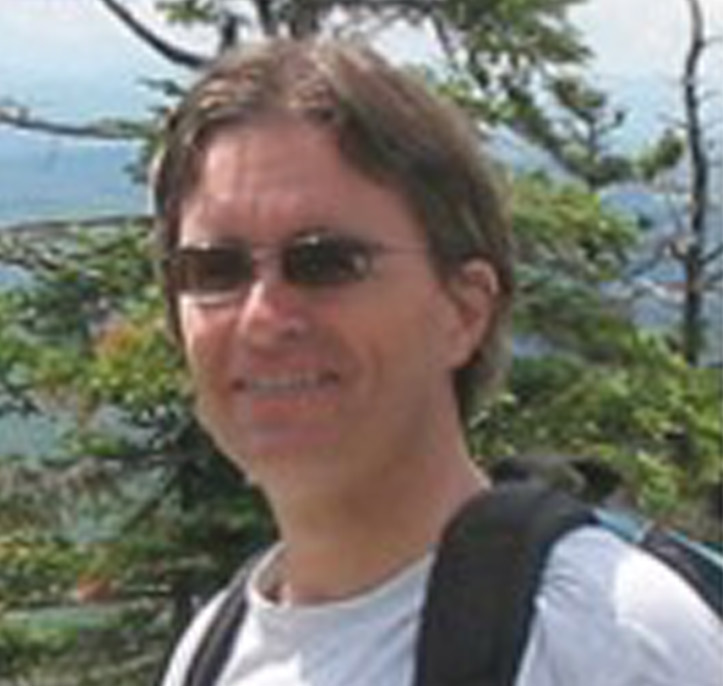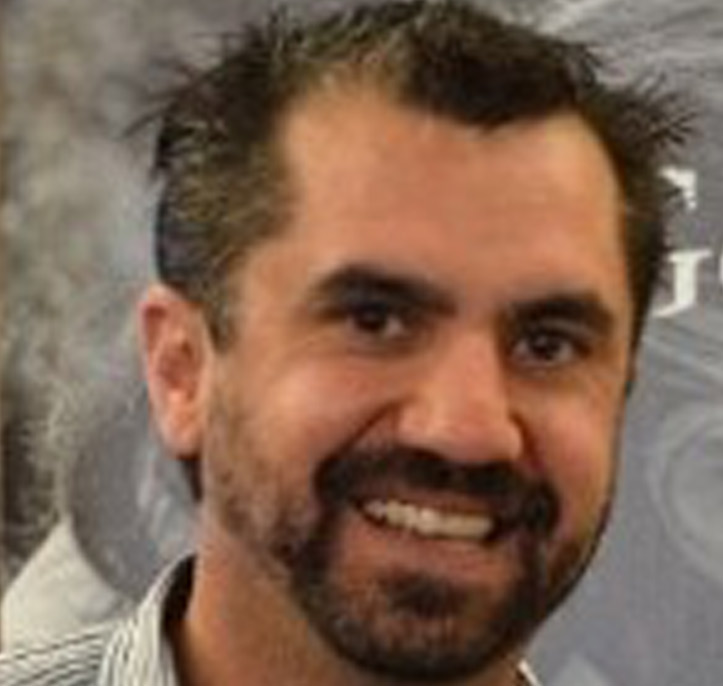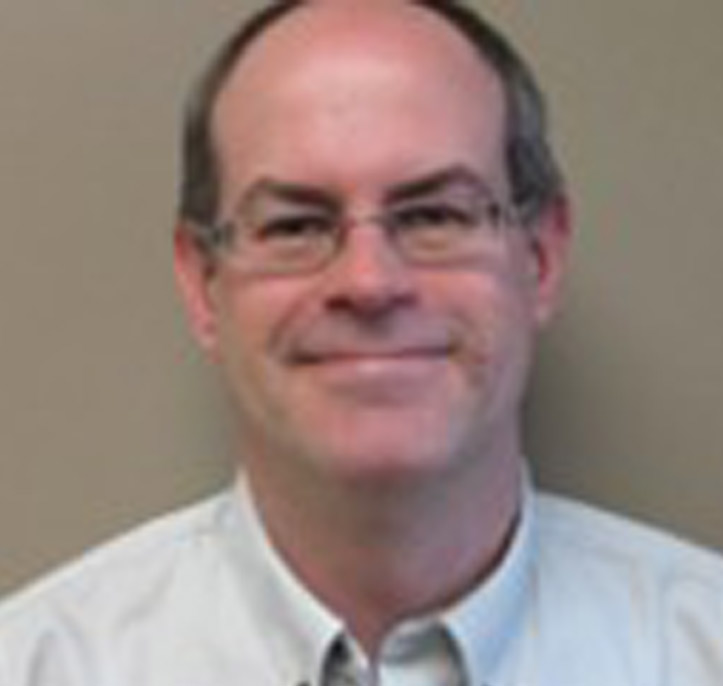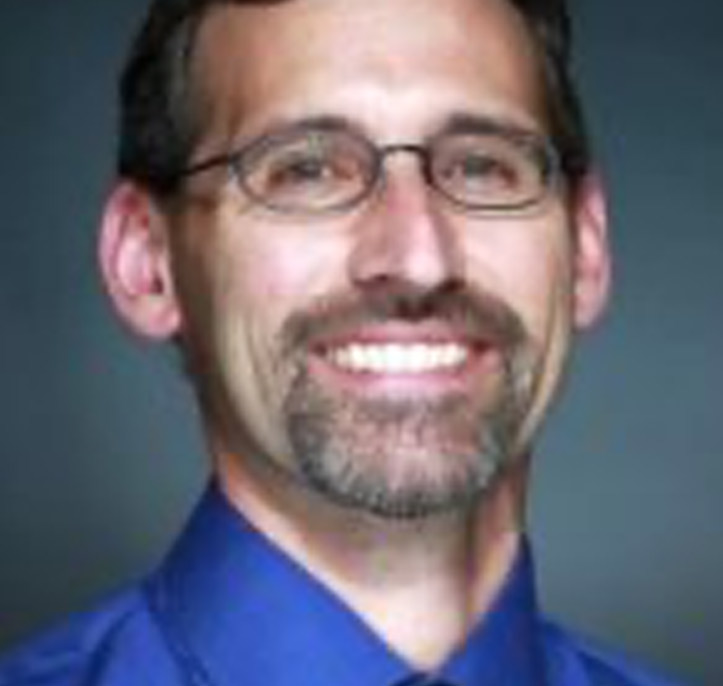2011 SMART Montreal
May 12, 2011
SMART Remediation talks have focused on innovative technologies for remediating contaminated sites, approaches for site characterization, project case studies, regulatory and industry perspectives, and other related topics.

The 3rd SMART Remediation conference was held in Montreal on Thursday, May 12th, 2011. Details on the speakers and presentations are provided below.
Speakers

Jean Paré,
Chemco inc.
Tools and methods to reduce and control uncertainties associated with the use of In Situ Remediation Techniques (Chemical Oxidation) for Organic Contaminants in Soil and Groundwater
Jean Paré
Jean Pare, P.Eng., has a degree in Chemical Engineering from Laval University. He has been involved for the last 22 years in the evaluation, development, design, and promotion of both conventional and innovative environmental technologies. As Vice President with Chemco Inc., his responsibilities include the remediation design, technico-economical analysis and technology supply for chemical oxidation and reduction, soil washing, and enhanced bio-remediation. Last year, he worked with over 400 sites applying his expertise to various types of organic and inorganic contaminants in soil and groundwater. He is also involved with many environmental organizations such as CLRA, CBN, ESAA, BCEIA and Reseau-Environnement where he is an active technical committee member and regular technical speaker.
Tools and methods to reduce and control uncertainties associated with the use of In Situ Remediation Techniques (Chemical Oxidation) for Organic Contaminants in Soil and Groundwater
In-Situ Chemical Oxidation techniques are commonly used for the remediation of organic contaminants in soil and groundwater. These technologies are now well established and recognized by the specialized environmental firms and the different levels of government. However, the field application in a heterogeneous aquifer brings some challenging distribution and contact issues that may impact the necessary contact between the contaminant and the oxidant in the aqueous and gaseous phase. These parameters therefore influence the outcome and results of the IN Situ Remediation Technique. This presentation presents various tools plus the laboratory and field testing that are available and applicable to better characterize and understand the aquifer and the various parameters that impact on how the most commonly used oxidizers (hydrogen peroxide, Sodium and potassium permanganate, sodium persulfate and sodium percarbonate) interact with the organic contaminants. Field and laboratory data will be presented to better understand where and how these In Situ Remediation Technologies can be successfully applied.

John Molson P. Eng., PhD.,
Université Laval
Characterization and Remediation in Fractured Rock: Applications of Numerical Modelling
John Molson P. Eng., PhD.
Dr. Molson is an Assistant Professor in the Dept. of Geology & Geological Engineering at Université Laval, Quebec City, and holds a Tier II Canada Research Chair in Quantitative Hydrogeology of Fractured Porous Media. He is also an Adjunct Professor in the Department of Earth & Environmental Sciences at the University of Waterloo, Ontario, collaborating on research, student supervision and teaching. Dr. Molson’s research focuses on the development and application of numerical models for simulating coupled hydrogeological processes including groundwater flow and aquifer protection, transport and biodegradation of organic contaminants, heat transport, geochemical systems and acid mine drainage. He teaches courses in physical and chemical hydrogeology, aquifer restoration and numerical modelling.
Characterization and Remediation in Fractured Rock: Applications of Numerical Modelling
Remediation of fractured rock aquifers contaminated by solvents or petroleum hydrocarbons remains a challenge in contaminant hydrogeology. Complex fracture networks are difficult to characterize and dissolved contaminants can remain trapped within low permeability matrix blocks. In providing insight into the physical behaviour, numerical models can be very helpful for evaluating different approaches for aquifer characterization and remediation. This talk will present two example applications of numerical modelling in this context. First, an application for modelling thermal tracers in a sealed borehole for identifying active fractures, and secondly, a high-pressure injection of supersaturated dissolved oxygen for enhanced biodegradation of petroleum hydrocarbons. The modelling approach will be explained and simulations will be shown to support the concepts.

Jan Dean,
Strata Soil Sampling
Jan Dean
Jan has more than 17 years of experience in environmental, geotechnical, and exploration drilling. Since 2004 he has been Vice-President of Strata Soil Sampling and is responsible for the management of all Strata offices. He is an MOE licensed well technician, TDG Certified, Ground Disturbance Certified, Confined Space Certified, WHMIS Certified, and is trained in First Aid.
Introduction to the Membrane Interface Probe (MIP) in Ontario
The Membrane Interface Probe (MIP) is a down-hole tool developed by Geoprobe® that is used to provide semi-quantitative data regarding subsurface contamination. It consists of a specialized tip that has a semi-permeable membrane supported by a stainless steel screen. The subsurface is heated to between 100 and 120 degrees Celsius to increase the rate of volatilization of volatile contaminants. The contaminants diffuse through the membrane and are transported by a carrier gas to the surface. The carrier gas is then analyzed using one of a number of analytical instruments depending on the type of contaminant that is being investigated. The device is capable of assessing the distribution of chlorinated volatile organic compounds as well as light-weight petroleum hydrocarbons. The MIP can be used to quickly and accurately delineate dissolved phase zones. The placement of well screens and locations of soil samples can be improved with the use of the data. In addition, in-situ remediation can be approached in a much more accurate and efficient manner, targeting only the zones that are significantly impacted.

Rick McGregor M.Sc., MBA, CGWP, P.Geo.,
Vertex Environmental Inc.
Rick McGregor M.Sc., MBA, CGWP, P.Geo.
Rick McGregor is a hydrogeologist with Vertex Environmental Inc., has over 18 years experience in groundwater and soil assessment and remediation, and has worked in over 30 countries. Rick holds a M.Sc. from the University of Waterloo in hydrogeology and geochemistry and is a Certified Ground Water Professional in Canada and the United States. He is a Licensed Professional Geoscientist in Ontario. Rick has extensive experience with a variety of remedial techniques including in-situ chemical oxidation and reduction, having designed and implemented over 200 in situ programs. He has authored over 40 technical papers and has been an invited speaker at numerous conferences and workshops for the assessment, protection and remediation of groundwater. He has a MBA and over 15 years experience managing projects with budgets greater than $10 million.
The Use of Laser-Induced Fluorescence for Detailed Source Zone Characterization
Laser-induced fluorescence (LIF) can be used to characterize subsurface source zones that contain contaminants that comprise or include polycyclic aromatic hydrocarbons (PAHs), such as gasoline, diesel fuel, jet fuel, and hydraulic fluids. A specialized probe, advanced by direct push methods, emits light through a window in the probe. The PAHs fluoresce, meaning that they absorb the light and emit a light of a longer wavelength. This response is measured by the probe in real time. The quick response of the technology typically allows characterization of between 100 and 150 linear meters in 2.5-cm increments, at between 10 and 20 locations, per day. This provides very detailed information about the extent of the pure phase impacts in a timely manner. The technology works in both saturated and unsaturated environments. Such detailed information is very helpful in increasing the accuracy of source zone characterization, and allows for more efficient remediation to take place. This approach can be used at petroleum hydrocarbon sites such as gas stations and bulk storage terminals to define free product location(s).

Bruce Tunnicliffe,
Vertex Environmental Inc.
Bruce Tunnicliffe
Mr. Tunnicliffe is President of Vertex Environmental Inc., and is an Environmental Engineer with years of experience designing and implementing remediation of chlorinated solvents and petroleum hydrocarbons. Having worked on many hundreds of in-situ projects, Mr. Tunnicliffe has extensive experience on innovated assessment tools and in-situ remediation techniques. Mr. Tunnicliffe holds a Master’s degree from the University of Waterloo, has authored many publications, and has presented at numerous conferences.
Soil Variability Implications for ISCO Remediation
Spatial variability can introduce uncertainty during the design and implementation of remediation programs, especially with in-situ remedial programs (i.e. chemical oxidation, pump and treat, iron walls, etc). Obtaining an understanding of the distribution and mass of the contaminant is paramount to remedial success. This talk will provide examples of data collected from various sites, and present case studies to demonstrate the effect of different sampling strategies and methods and their effect on the in-situ program’s outcome. Drawing on experience gained from having conducted hundreds of in-situ projects, recommendations for data collection will also be made.